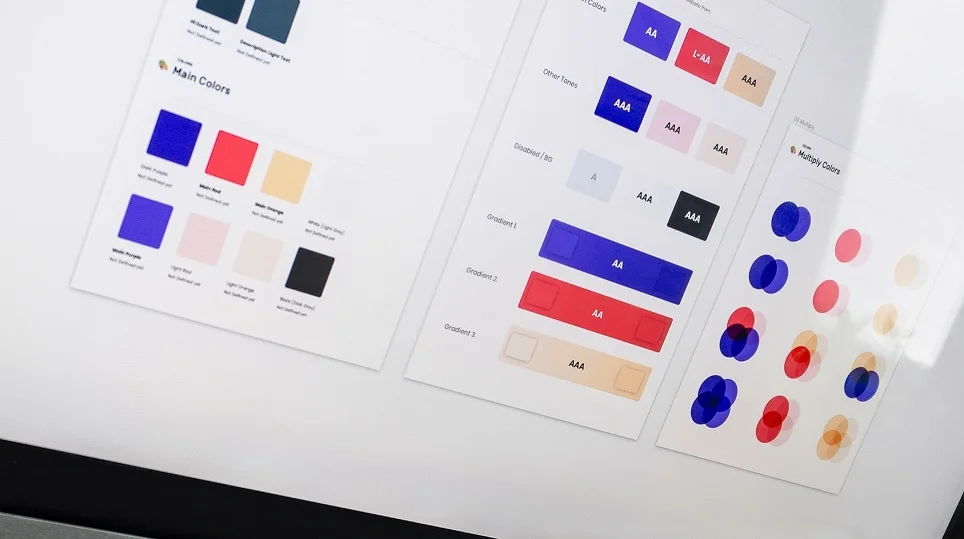You did it! Your website is live, and your hours spent carefully crafting website copy has paid off and your business is doing better than ever. Yet, you still only see your competitors on the local news. What you need is a media kit.
What is a Media Kit?
A media kit is a page or section on your website that contains pre complied information for news outlets and connected parties. This area is great as a secure space to provide marketing materials and comprehensive messages about your business. Media kits are not stand-alone pillars of content. They complement great website design and copy.
A media kit is not only for news outlets either. Anyone interested in promoting your business should have it available to them.
How to create a media kit for your business
No two business are the same, and neither should be media kit. Decide on the format in the which the kit should be presented. A PDF document? A dedicated page on your website with easy access to branding graphics, copy and video and allowed use? An interactive story detailing your company and its milestones?
Your media kit must stay within your brand guidelines
Gather Media Assets
Once you have decided on how your media kit will be presented, the next step is to gather all the correct documentation media outlets commonly need. These include:
-
Branding
Make your branding color scheme clear with specific hex codes. There should be several versions of your logo, containing transparent backgrounds, a light/dark variant of logo and retina display ready version.
-
A Company Overview
This area is particularly important for potential investors. Create a brief talking about your company history and how it was founded. Include pictures. Talk about company goals and highlight milestones accomplished. Add short testimonials from past clients that are recognizable brands. You can elaborate on these further with case studies.
-
Employee profiles
This should show prominent figures within the business, with feature pieces on the founder(s) of the company and employee culture.
-
Target Audience
This section is directed to potential brand partners and collaborators, who are looking for business with which targets align. Share audience demographics, intended marketing audience, income level and other relevant data for your business.
-
Website Metrics
Knowing your target audience is great. Connecting with them is even better. Get specific here. List website visitors and social media followers, reach and engagement here.
-
Case Studies
Place huge business wins here, this is proof of company progress and greatly improves credibility. If you ever want to sell your company or conduct fundraisers in the future, this is especially important.
-
Contact Information
Make this information specific. Avoid generic contact information and list the employee responsible for pr. Have a direct email and phone number is best practice.
-
Collaboration Information
This information is often overlooked but important. It enables prospective outlets to know what they can and cannot do with your company branding, logo, etc. at a glance.
As your business evolves and adapts, revisit and update your media kit.

